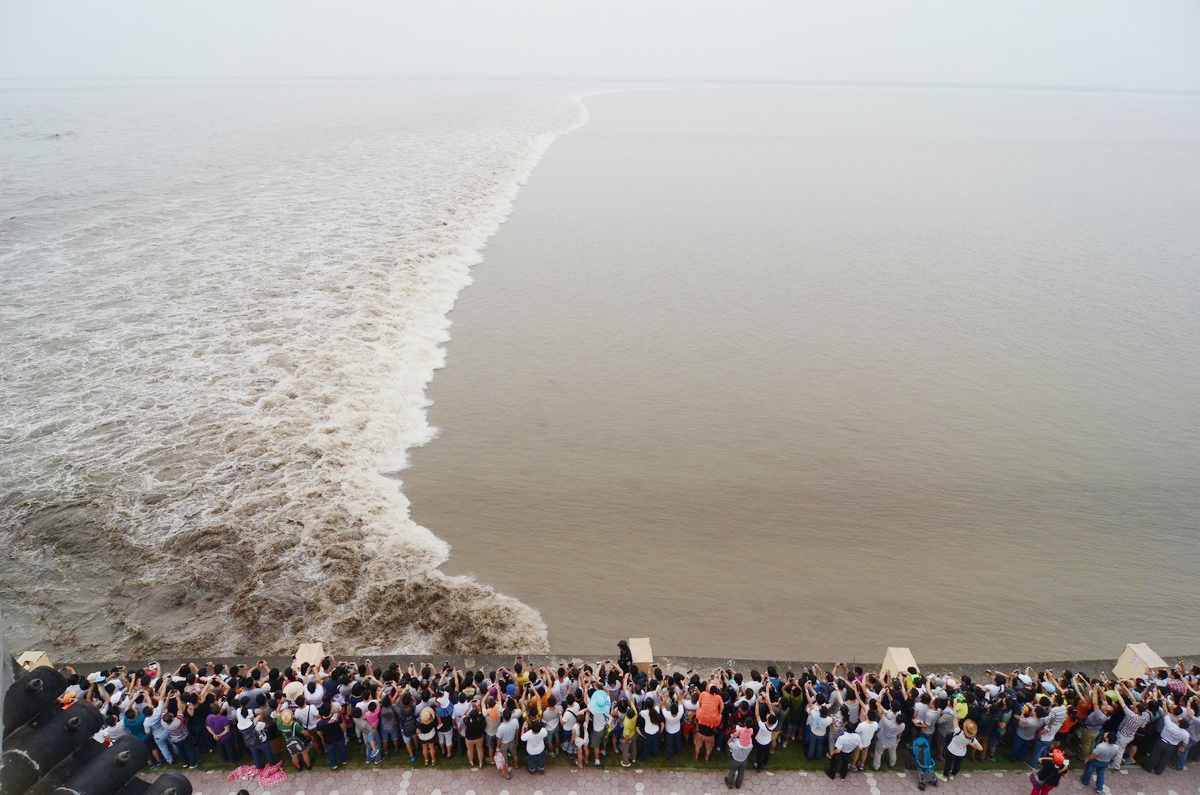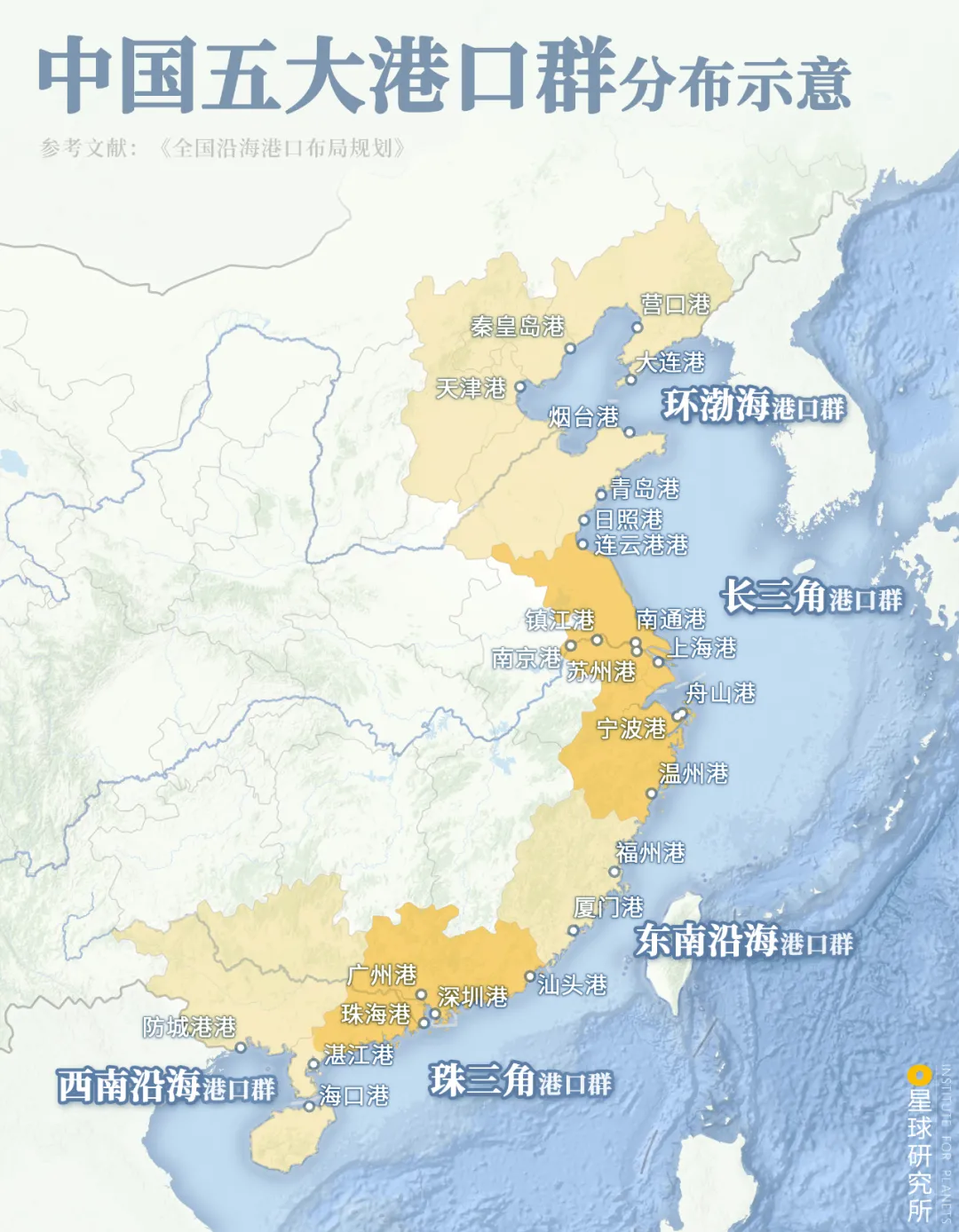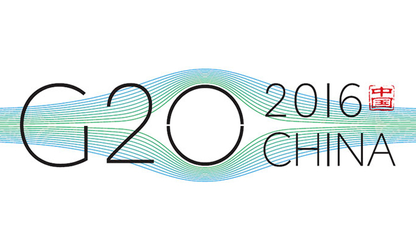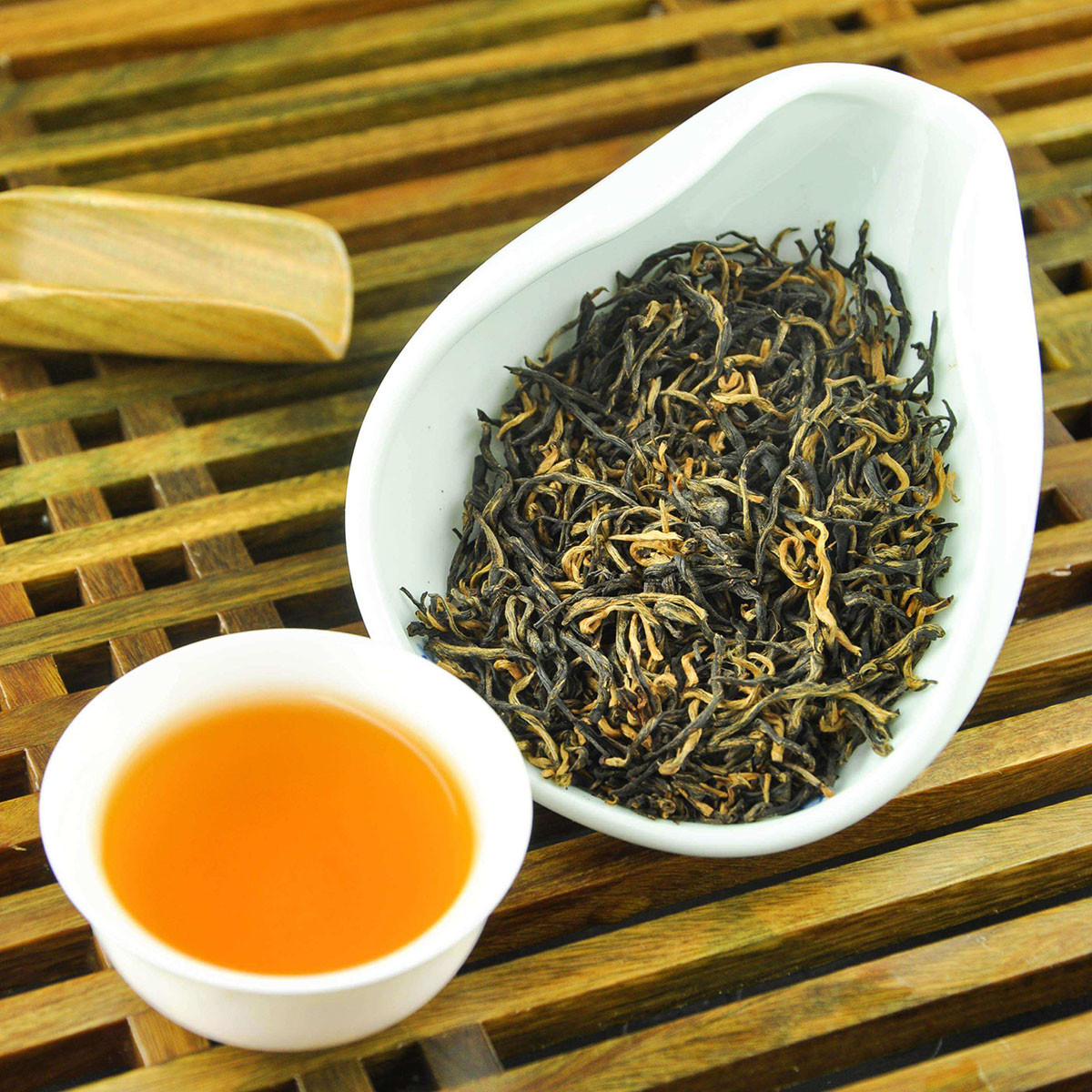
Deutsch-Chinesische Enzyklopädie, 德汉百科
 Zhejiang Sheng-ZJ
Zhejiang Sheng-ZJ
 China
China
 Women's Soccer World Cup 2007
Women's Soccer World Cup 2007
 Hubei Sheng-HB
Hubei Sheng-HB
 Shanghai Shi-SH
Shanghai Shi-SH
 Sichuan Sheng-SC
Sichuan Sheng-SC

 Sport
Sport
 (F)Football Women's World Cup
(F)Football Women's World Cup
 Tianjin Shi-TJ
Tianjin Shi-TJ
 Zhejiang Sheng-ZJ
Zhejiang Sheng-ZJ

 Egypt
Egypt
 China
China
 India
India


 IT-Times
IT-Times
 Late Classical, Romantic (Early, Middle, Late)
Late Classical, Romantic (Early, Middle, Late)
 Italy
Italy
 Japan
Japan
 Jordan
Jordan
 Malaysia
Malaysia
 Republic of Korea
Republic of Korea
 Saudi Arabia
Saudi Arabia
 Shanghai Shi-SH
Shanghai Shi-SH
 Spain
Spain
 Thailand
Thailand
 United Arab Emirates
United Arab Emirates
 United Kingdom
United Kingdom
 Zhejiang Sheng-ZJ
Zhejiang Sheng-ZJ


Die Flut des Qiantang-Flusses ist eine weltbekannte Naturerscheinung. Diese durch die Anziehungskraft des Himmelskörpers, die zentrifugale Wirkung der Erddrehung und die einer Trompete ähnliche Topographie der Hongzhou-Bucht verursachte Flut ist im Herbst besonders eindrucksvoll. Das Städtchen Yanguan in Haining, das sich an der Mündung des Qiantang-Flusses befindet, ist der beste Platz für die Flutschau. Zwischen dem 1. und dem 5. und dem 15. und dem 19. Tag des Mondmonats kommt die große Flut wie ein Bild stürmischen Aufschwungs vor. Der historischen Aufzeichnung nach erreichte die größte Flut 9 m hoch. Der 18. August des Mondmonnats ist das traditionelle Flutschau-Fest. Der Satz aus einem Gedicht der Song-Dynastie „Das Steigen der Flut sieht wie Schneerutsch im Himmel aus, während im Fallen der Flut der rollende Donner verschwindet.“ stellt ein treffendes Bild für die Flut des Qiangtang-Flusses dar. (Quelle:http://www.bjreview.cn/g-br/LU/2001.33-reisefuhrer-1.htm)
 Fujian Sheng-FJ
Fujian Sheng-FJ
 Guangdong Sheng-GD
Guangdong Sheng-GD
 Guangxi Zhuangzu Zizhiqu-GX
Guangxi Zhuangzu Zizhiqu-GX
 Hainan Sheng-HI
Hainan Sheng-HI
 Hebei Sheng-HE
Hebei Sheng-HE
 Jiangsu Sheng-JS
Jiangsu Sheng-JS
 Liaoning Sheng-LN
Liaoning Sheng-LN
 Shandong Sheng-SD
Shandong Sheng-SD
 Shanghai Shi-SH
Shanghai Shi-SH
 Tianjin Shi-TJ
Tianjin Shi-TJ
 Zhejiang Sheng-ZJ
Zhejiang Sheng-ZJ


 Abd al-Fattah as-Sisi
Abd al-Fattah as-Sisi
 Abe Shinzō
Abe Shinzō
 Angela Merkel
Angela Merkel
 Association of Southeast Asian Nations,ASEAN
Association of Southeast Asian Nations,ASEAN
 Bounnhang Vorachith
Bounnhang Vorachith
 Barack Obama
Barack Obama
 Bounnhang Vorachith
Bounnhang Vorachith
 China
China
 Donald Tusk
Donald Tusk
 Enrique Peña Nieto
Enrique Peña Nieto
 Financial Stability Board,FSB
Financial Stability Board,FSB
 Mark Carney
Mark Carney

 Financial
Financial
 Food and Agriculture Organization,FAO
Food and Agriculture Organization,FAO
 José Graziano da Silva
José Graziano da Silva
 François Hollande
François Hollande
 Generalsekretär der Vereinten Nationen
Generalsekretär der Vereinten Nationen
 Ban Ki-moon
Ban Ki-moon

 Hand in Hand
Hand in Hand
 Idriss Déby
Idriss Déby
 International Labour Organization,ILO
International Labour Organization,ILO
 Guy Ryder
Guy Ryder
 Internationaler Währungsfonds
Internationaler Währungsfonds
 Christine Lagarde
Christine Lagarde
 Jacob Zuma
Jacob Zuma
 Jean-Claude Juncker
Jean-Claude Juncker
 Joko Widodo
Joko Widodo
 Justin Trudeau
Justin Trudeau
 Lee Hsien Loong
Lee Hsien Loong
 Macky Sall
Macky Sall
 Malcolm Turnbull
Malcolm Turnbull
 Mariano Rajoy
Mariano Rajoy
 Matteo Renzi
Matteo Renzi
 Mauricio Macri
Mauricio Macri
 Michel Temer
Michel Temer
 Mohammad bin Salman bin Abdulaziz Al Saud
Mohammad bin Salman bin Abdulaziz Al Saud
 Narendra Modi
Narendra Modi
 Nursultan Nasarbajew
Nursultan Nasarbajew
 OECD
OECD
 José Ángel Gurría
José Ángel Gurría
 Park Geun-hye
Park Geun-hye
 Prayut Chan-o-cha
Prayut Chan-o-cha
 Recep Tayyip Erdoğan
Recep Tayyip Erdoğan
 Theresa May
Theresa May
 World Bank
World Bank
 Jim Yong Kim
Jim Yong Kim

 Economy and trade
Economy and trade
 Wladimir Wladimirowitsch Putin
Wladimir Wladimirowitsch Putin
 World Trade Organization
World Trade Organization
 Roberto Azevêdo
Roberto Azevêdo
 Xi Jingping
Xi Jingping
 Zhejiang Sheng-ZJ
Zhejiang Sheng-ZJ




Ge ware or Ko ware (Chinese: 哥窯; pinyin: Gē yáo; Wade–Giles: Ko-yao) is a type of celadon or greenware in Chinese pottery. It was one of the Five Great Kilns of the Song dynasty recognised by later Chinese writers,[1] but has remained rather mysterious to modern scholars, with much debate as to which surviving pieces, if any, actually are Ge ware,[2] whether they actually come from the Song, and where they were made.[3] In recognition of this, many sources call all actual pieces Ge-type ware.[4]
It is clear that their distinguishing feature is deliberate crackle, or a network of cracks in the glaze; but this is not restricted to them, and in particular the related Guan ware uses very similar effects. Ge ware often shows "double crackle" or crackle of two types, and one view is that this is the defining characteristic of the type.[5] A three-day conference at the Shanghai Museum in 1992 attempted to reach a clear definition of Ge ware, but could not reconcile all views.[6]



 Automobile
Automobile



 Automobile
Automobile
 Geely
Geely



 Automobile
Automobile
 Volvo
Volvo



 Automobile
Automobile
 Lotus
Lotus



 Automobile
Automobile
 China
China
 Chinesiches Automobil
Chinesiches Automobil
 Neue Energiefahrzeuge/New Energy Vehicles
Neue Energiefahrzeuge/New Energy Vehicles
 Geely Holding Group
Geely Holding Group
 London Electric Vehicle Company,LEVC
London Electric Vehicle Company,LEVC
 privat betriebene Unternehmen
privat betriebene Unternehmen

 Companies
Companies
 *Big automaker
*Big automaker
 Zhejiang Sheng-ZJ
Zhejiang Sheng-ZJ




 Automobile
Automobile



 Automobile
Automobile



 Automobile
Automobile
 Volvo
Volvo



 Automobile
Automobile
 China
China
 Chinesiches Automobil
Chinesiches Automobil
 Geely Holding Group
Geely Holding Group

 Companies
Companies
 Mainland China,Hong Kong,Macau,Taiwan
Mainland China,Hong Kong,Macau,Taiwan
 Zhejiang Sheng-ZJ
Zhejiang Sheng-ZJ
 Hangzhou
Hangzhou

 Anhui Sheng-AH
Anhui Sheng-AH
 Gelber Tee
Gelber Tee
 Guangdong Sheng-GD
Guangdong Sheng-GD
 Hubei Sheng-HB
Hubei Sheng-HB
 Hunan Sheng-HN
Hunan Sheng-HN
 Sichuan Sheng-SC
Sichuan Sheng-SC
 Zhejiang Sheng-ZJ
Zhejiang Sheng-ZJ

Gelber Tee (Gelbtee) ist eine Teesorte, die von ihrem Fermentationsgrad (max. 20 %) zwischen weißem Tee und Oolongtee einzuordnen ist. Seine Sortenvielfalt ist sehr begrenzt, die verfügbaren Mengen gering. Der Tee ist reich an Vitaminen, Antioxidantien und Koffein. Wie auch andere schwach fermentierte Tees fördert er die Magensaftproduktion und wirkt deshalb verdauungsfördernd.[1]
黄茶(きちゃ、ホァンチャ/ファンチャ)は中国茶の一種。
通常の中国緑茶とは異なる加熱処理を行うことと、その後牛皮紙に包み悶黄と呼ばれる熟成工程を経て作られることが製造工程における特徴である。黄茶の加熱処理は低い温度から始まり、徐々に温度を上げ、その後徐々に温度を下げる。この処理法によって、茶葉の持つ酵素による酸化発酵が起こる。中国緑茶の場合、最初から高温に熱した釜に茶葉を投入するため、上記の酸化発酵は(一部、萎凋を施す緑茶はあるが[1])基本的には起こらない。黒茶以外で発酵と呼ばれる青茶は、施される工程と発酵の度合いこそ違えど、酵素による酸化発による酵茶であることは共通している。また、黒茶以外で論ずると、一部の緑茶で萎凋を施すことを勘定[1]すれば、この黄茶とは発酵茶の中では唯一萎凋を施さない種類といえる。
工程で中途半端に酸化発酵した茶葉は、次に悶黄と呼ばれる黄茶独特の熟成工程を経る。この悶黄と呼ばれる工程、微生物による発酵という俗説があるが、これは間違いである。悶黄には微生物は一切関与しない。高湿度高温の環境下茶葉内のポリフェノールを中心とする成分が非酵素的に酸化される[2]工程である。ポリフェノールおよび葉緑素(クロロフィル)は酸化されることで、緑から透明及び黄色へと変色する。これにより茶葉と水色がうっすらとした黄色になるため黄茶と呼ばれる。
代表的な黄茶として君山銀針、霍山黄芽、蒙頂黄芽などが挙げられる。黄茶は清朝皇帝も愛飲したといわれ、中国茶の中でももっとも希少価値が高い。100グラム1万円を超えるものも決して珍しくはない。
Yellow tea can refer to Chinese huángchá (黄茶; 黃茶) and Korean hwangcha (황차; 黃茶).It is an increasingly rare and expensive variety of tea.[3]:58 The process for making yellow tea is similar to that of green but with an added step of encasing and steaming the tea. This allows the tea to oxidize at a slower rate, producing a far more mellow taste than is found in most green teas [4]; this also gives the leaves a slightly yellow colouring during the drying process.[3]:32[4] Yellow tea is often placed in the same category with green tea due to its light oxidation. One of the primary aims of making yellow tea is to remove the characteristic grassy smell of green tea while preserving the associated health qualities of green tea. Some have even speculated that yellow tea may be healthier because it is easier on the stomach than green tea.[5]
Un thé jaune (en Chinois: 黃茶; pinyin: huángchá) est un thé vert chinois qui a subi une phase de fermentation post-enzymatique. Les thés verts de grande qualité sont parfois aussi appelés thé jaune. A la suite de la cueillette, les feuilles de thé sont fermentées à l'étouffée (environ 50°C) avant d'être flétries et torréfiées. Après cette torréfaction et un roulage, les feuilles couvertes d'un tissu humide sont entassées en petits tas, pendant plus de vingt heures, à un degré d'humidité situé entre 80 et 90 %. Elles demeurent ainsi jusqu'à ce qu'elles s'oxydent. Elles subissent ensuite une brève dessiccation.
Il tè giallo (in cinese 黃茶T, 黄茶S, huángcháP; in coreano 황차?, hwangchaLR) è una pregiata variante del tè ottenuta con una parziale ossidazione enzimatica delle foglie della Camellia sinensis.
Dopo la torrefazione e una lieve pressatura, le foglie vengono raccolte in cumuli di piccole dimensioni e coperte con un panno umido, poi sono lasciate per venti ore a un tasso di umidità compreso tra 80 e 90%. Esse rimangono così fino a quando si ossidano, quindi vengono sottoposte ad una breve asciugatura.
La preparazione della bevanda si effettua per infusione, con le stesse modalità del tè verde.
Un altro uso dell'espressione "tè giallo" è per indicare i tè verdi più pregiati.
El té amarillo (en chino: 黃茶, pinyin: huángchá) suele ser un té especial procesado de forma parecida al té verde, pero con una fase de secado más corta, en la que las hojas húmedas se dejan reposar y amarillean. Este té tiene por lo general una apariencia y olor diferentes a los del té blanco o verde. El aroma se confunde a veces con el del té negro si se cura con otras hierbas, pero su sabor sigue siendo similar al del té blanco y el verde.
El término, sin embargo, también alude a los tés de alta calidad servidos en la Corte Imperial, aunque en realidad puede aplicarse a cualquier té servido en ella.
Жёлтый чай — вид чая, подвергшийся слабой ферментации (окислению). Жёлтый чай по классификации по степени ферментации стоит на третьем месте после зелёного, примерно 7—10 % ферментации.
Жёлтый чай изготавливается из сырья высокого качества, исключительно в Китае, в провинциях Сычуань, Хунань, Чжецзян, Фуцзянь. Считается императорским чаем, очень долгое время жёлтый чай тщательно оберегался от иностранцев, за разглашение его тайн строго карали. Известен с эпохи Тан (VIII век н. э.). Долгое время был привилегией только императора и высшей знати.
 Geography
Geography
 Party and government
Party and government
 Architecture
Architecture
 History
History
 Art
Art
 Eat and Drink
Eat and Drink